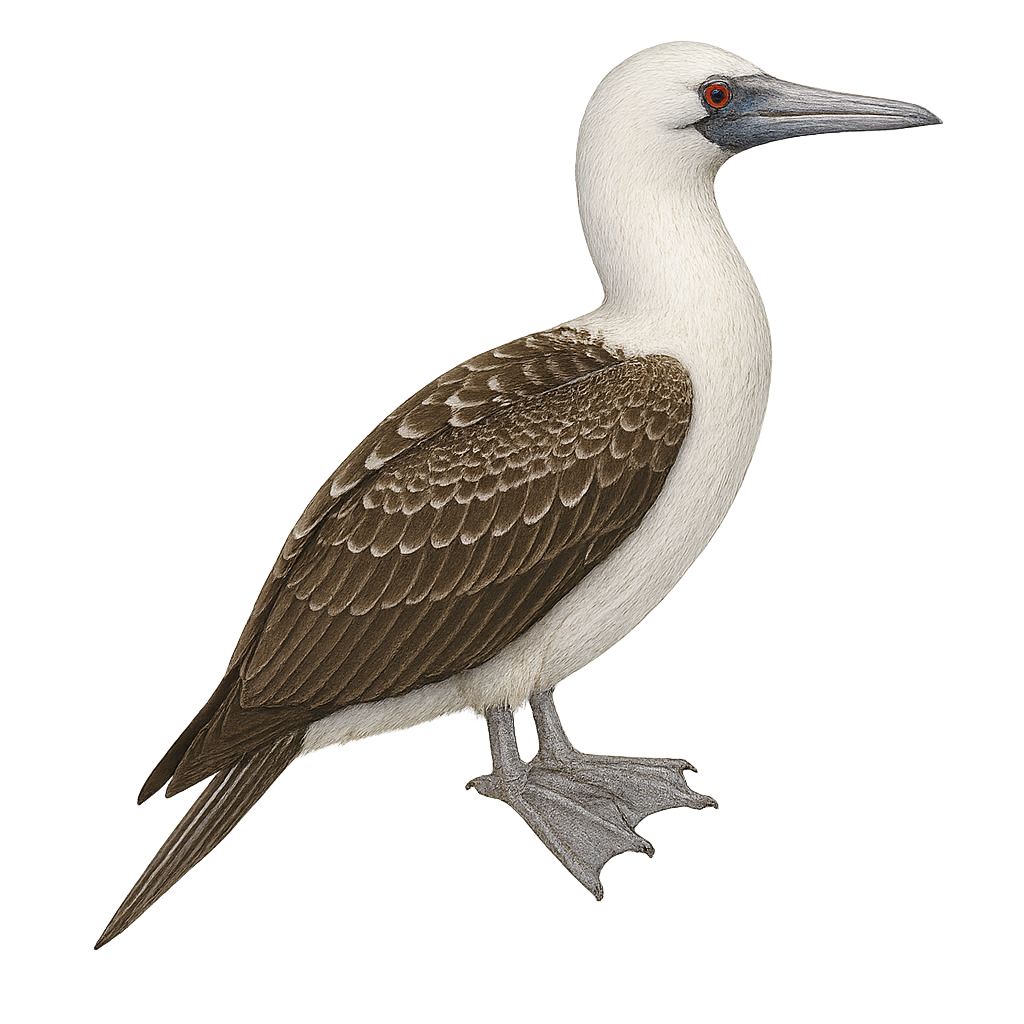Your wildlife photography guide.
Explore the peruvian booby in detail, study its behavior, prepare your shots.
Where to observe and photograph the peruvian booby in the wild
Learn where and when to spot the peruvian booby in the wild, how to identify the species based on distinctive features, and what natural environments it inhabits. The WildlifePhotographer app offers tailored photography tips that reflect the peruvian booby’s behavior, helping you capture better wildlife images. Explore the full species profile for key information including description, habitat, active periods, and approach techniques.
Peruvian Booby
Scientific name: Sula variegata

IUCN Status: Least Concern
Family: SULIDAE
Group: Birds
Sensitivity to human approach: Tolerant
Minimum approach distance: 10 m
Courtship display: September to December
Incubation: 41-45 jours
Hatchings: October to February
Habitat:
Rocky coasts, islands, cliffs
Activity period :
Primarily active during the day, with peak activity in the morning and late afternoon.
Identification and description:
The Peruvian Booby, or Sula variegata, is a medium-sized seabird primarily found along the coasts of Peru and Chile. It is characterized by its striking black and white plumage, pale blue bill, and gray feet. This bird is an exceptional diver, capable of plunging to impressive depths to catch fish and cephalopods, its main food source. Peruvian Boobies nest in large colonies on islands and coastal cliffs, where they build rudimentary nests on the ground. Their breeding period is closely linked to food availability, influenced by the Humboldt Current. Although their population is currently stable, they remain vulnerable to environmental changes and overfishing.
Recommended lens:
400mm – adjust based on distance, desired framing (portrait or habitat), and approach conditions.
Photography tips:
To photograph the Peruvian Booby, it is advisable to use a telephoto lens of at least 400mm to capture detailed images without disturbing the bird. The best photo opportunities occur during their spectacular dives or when they are resting in colonies on cliffs. Opt for the golden hours of morning or afternoon to benefit from soft, natural light. Be patient and discreet to observe their natural behavior.
The WildlifePhotographer App is coming soon!
Be the first to explore the best nature spots, track rutting seasons, log your observations, and observe more wildlife.
Already 1 431 wildlife lovers subscribed worldwide

